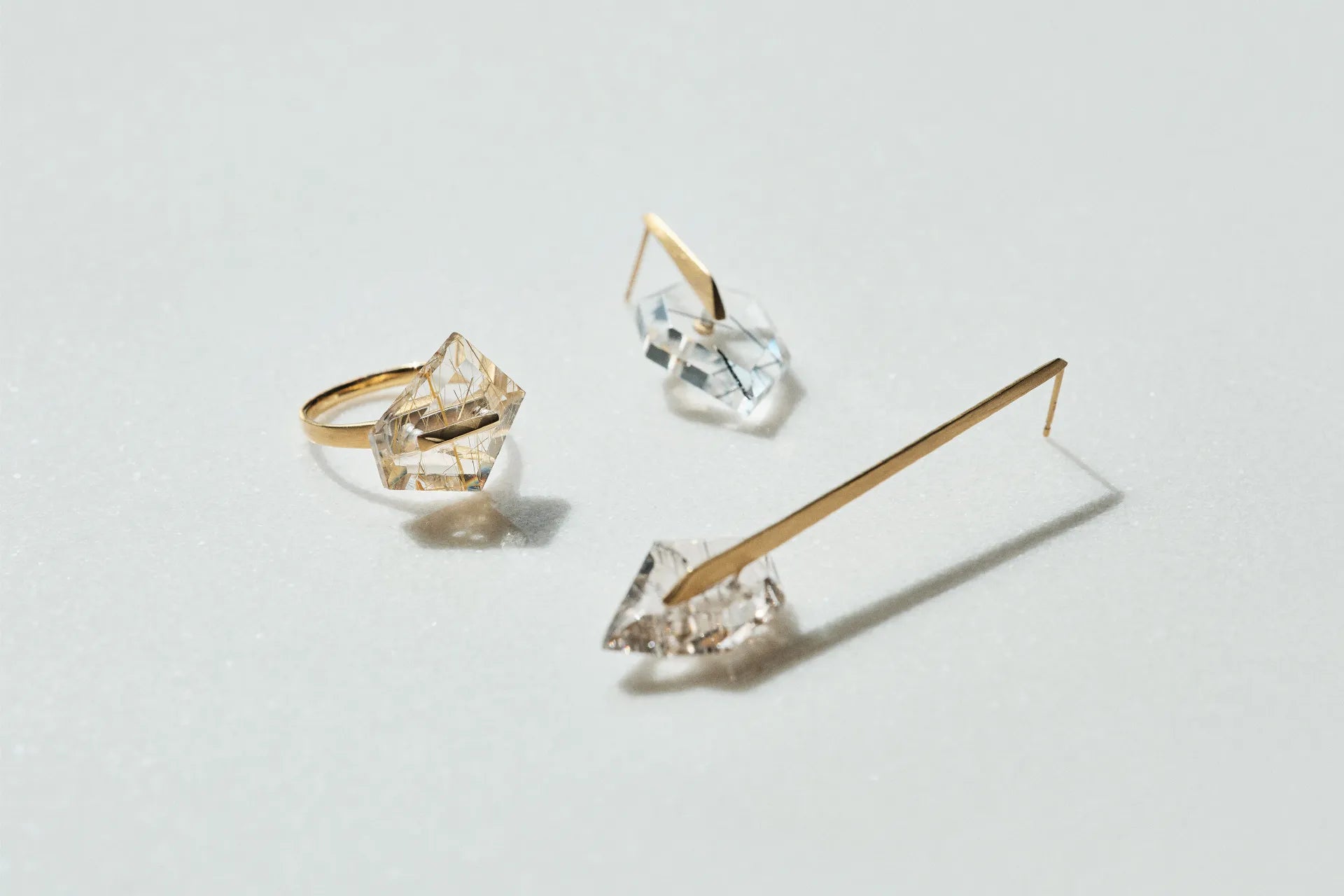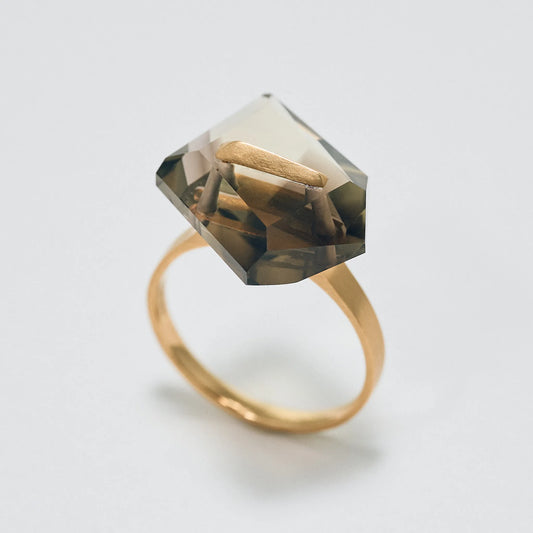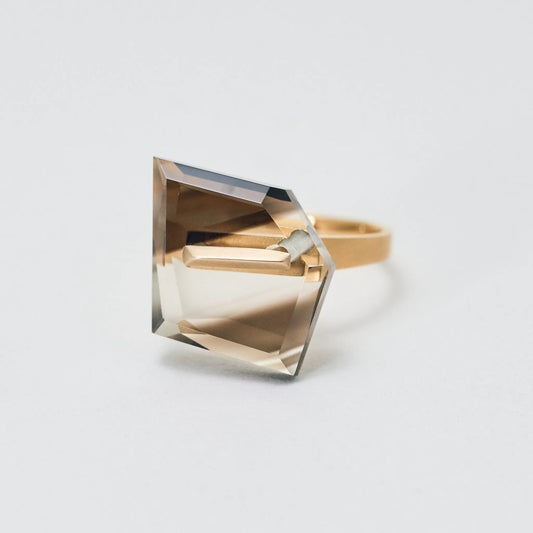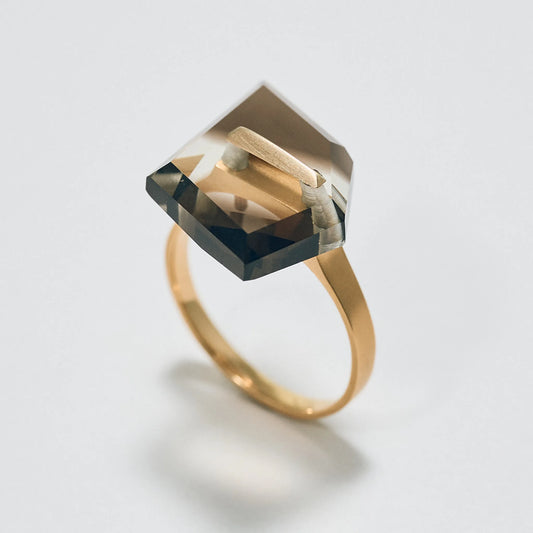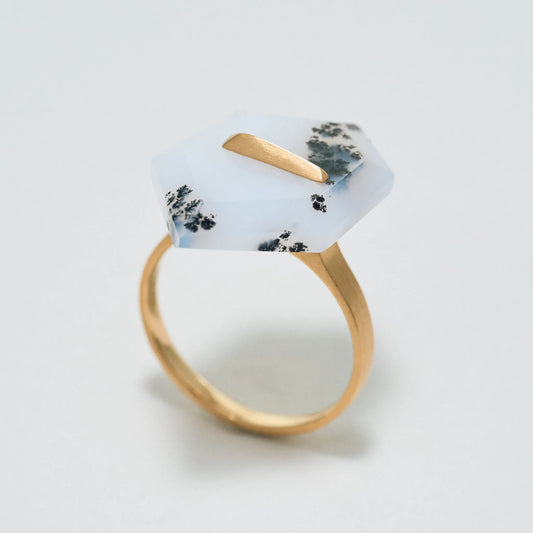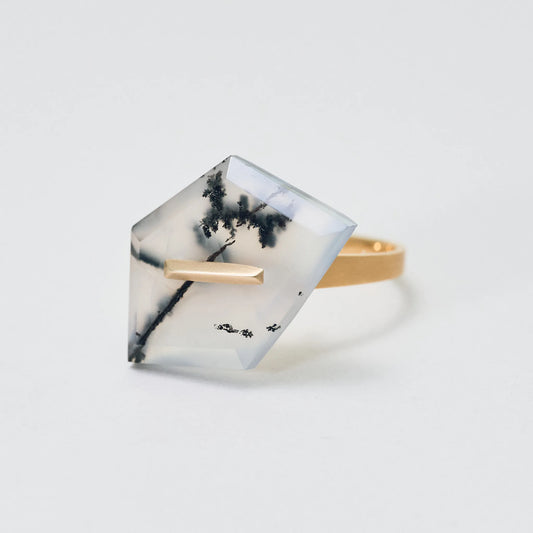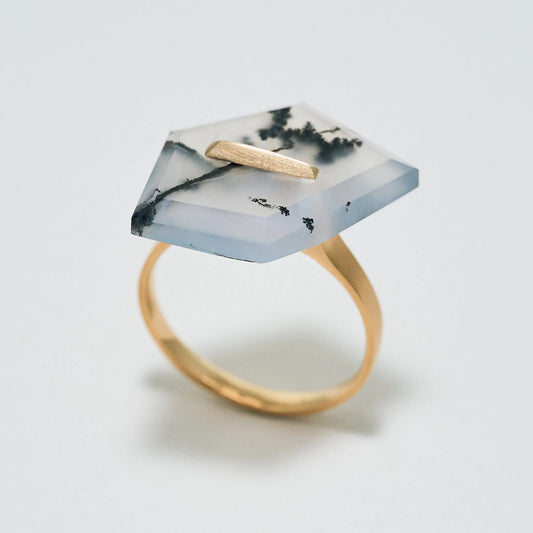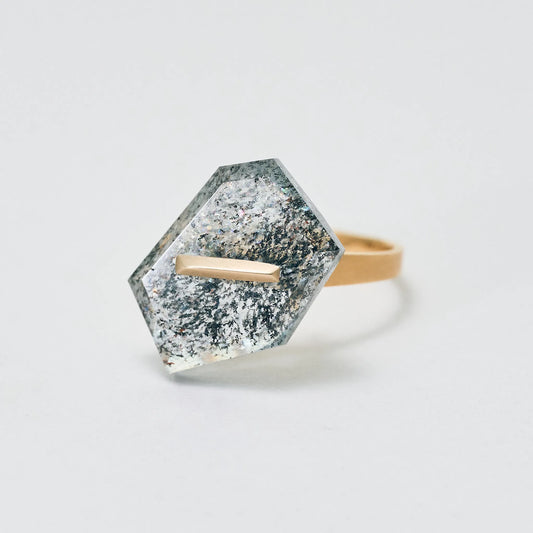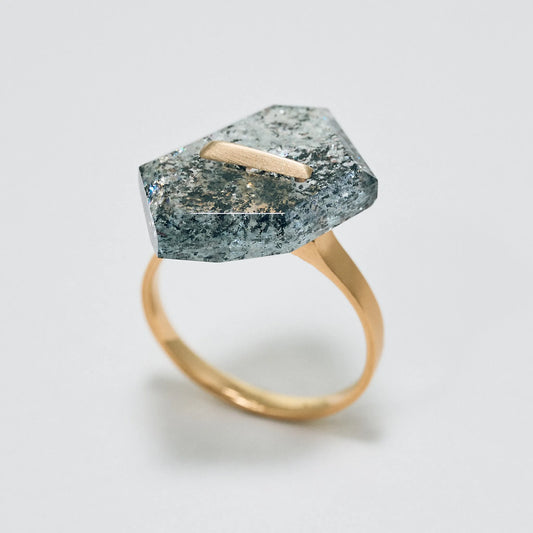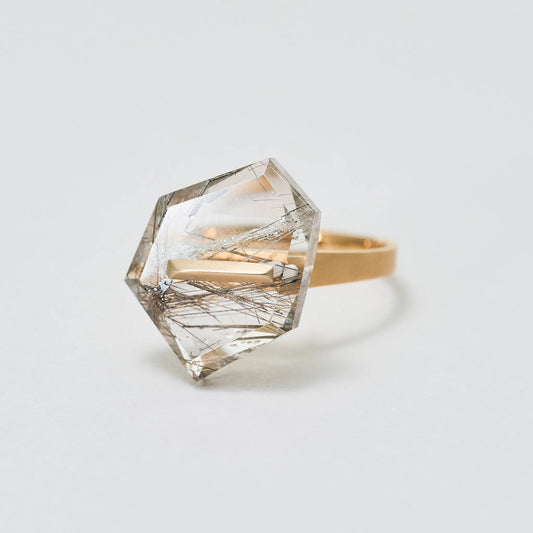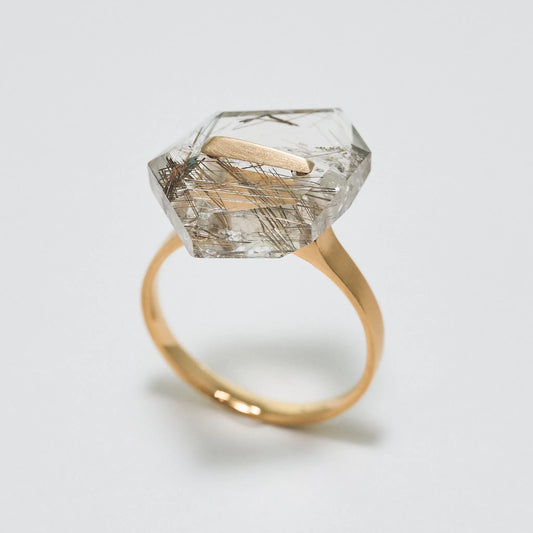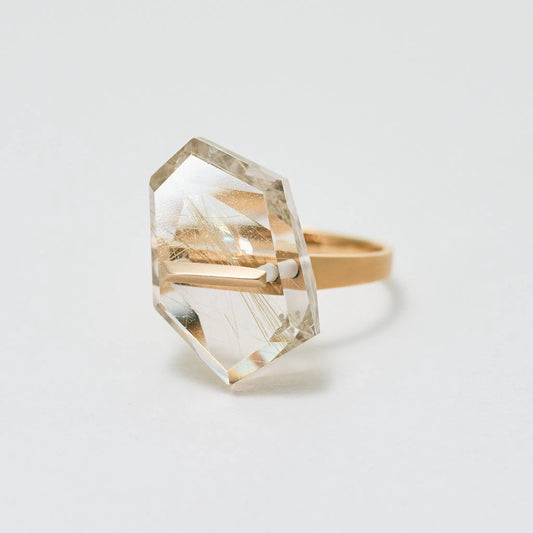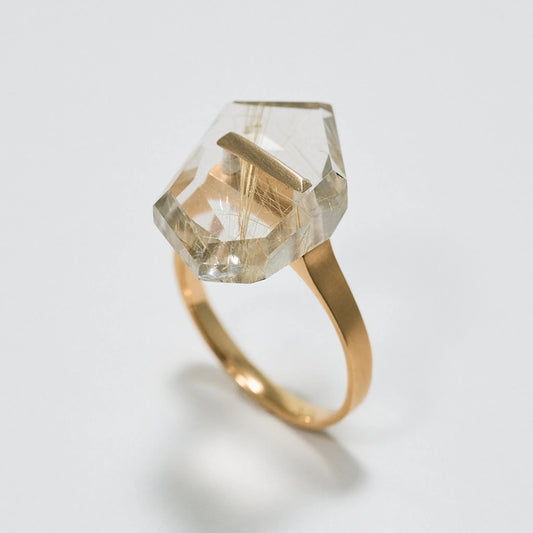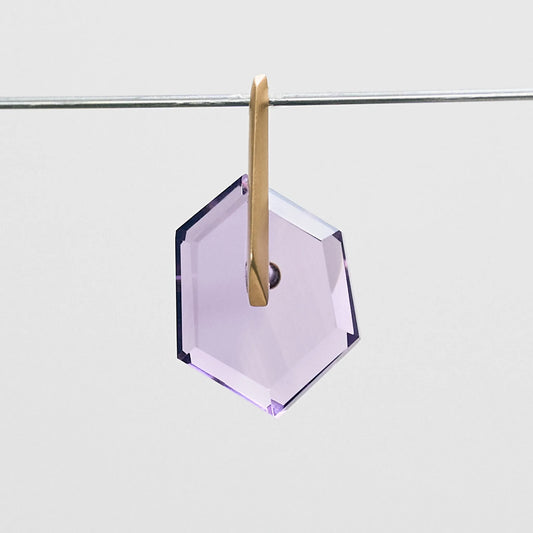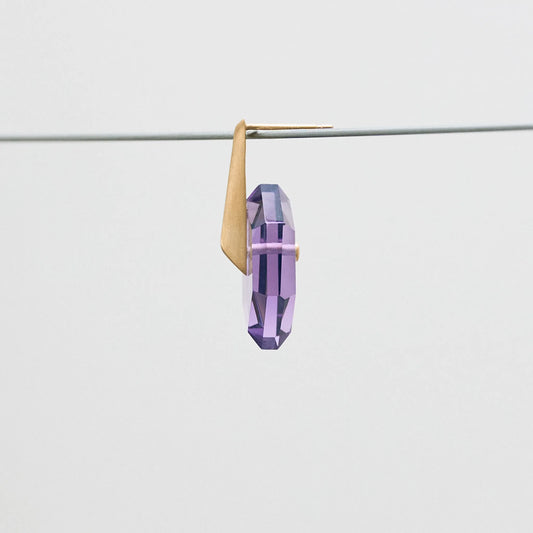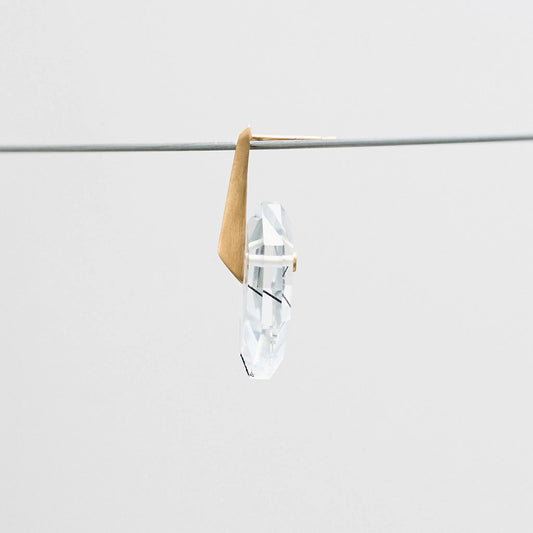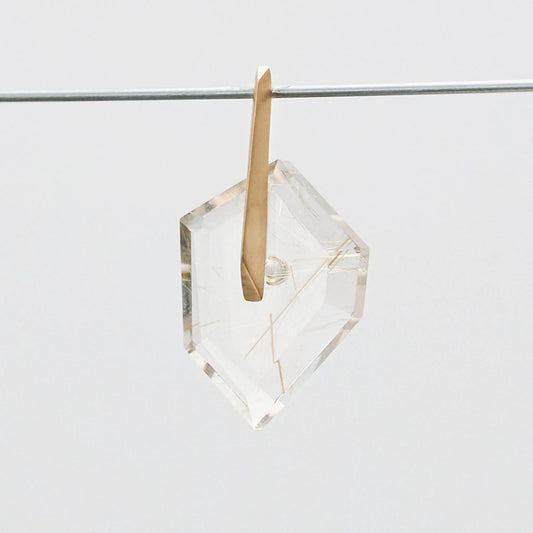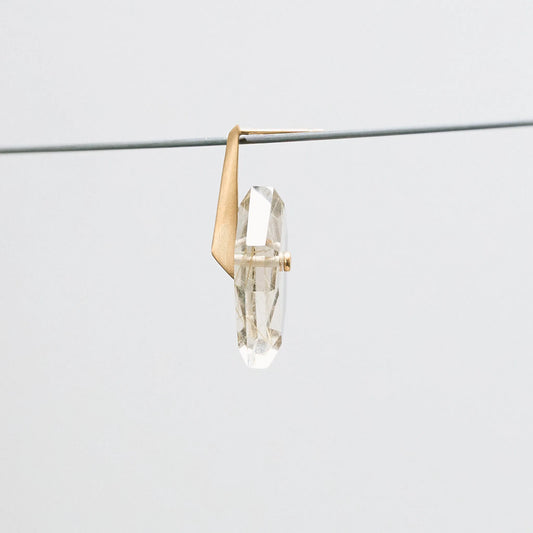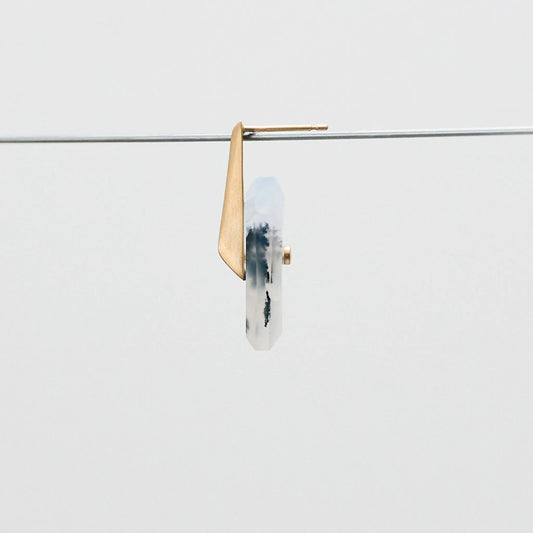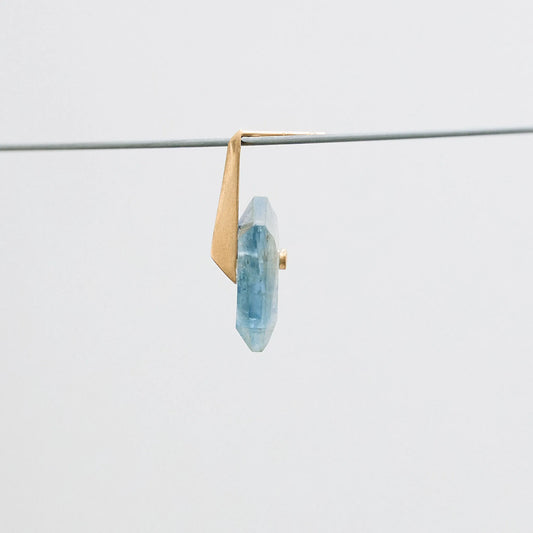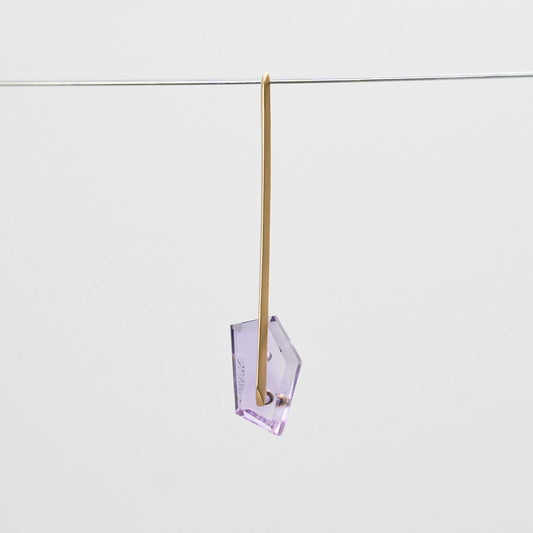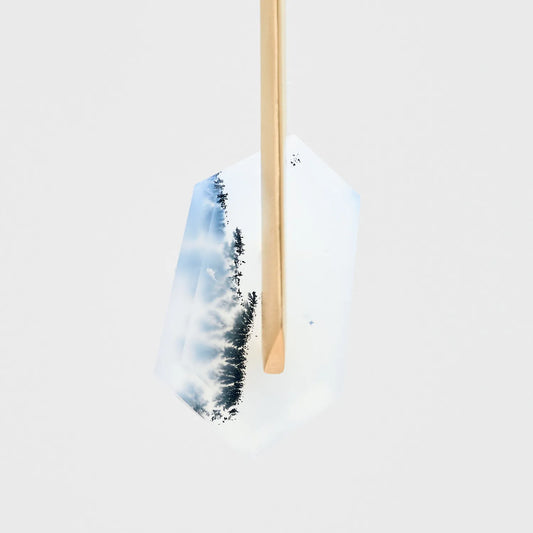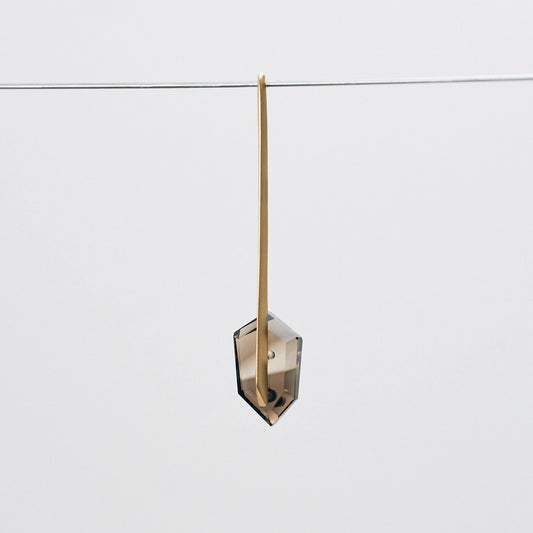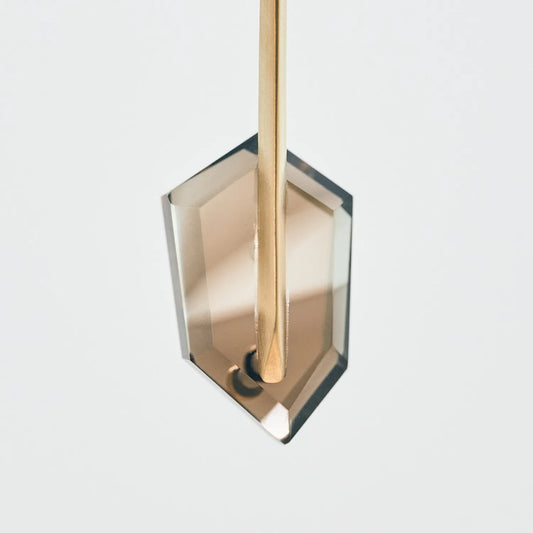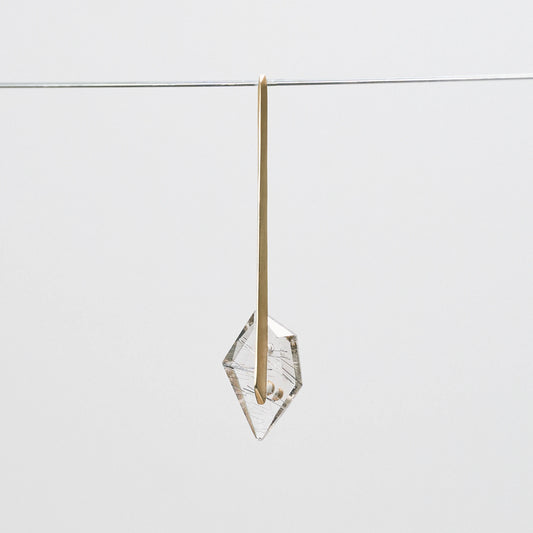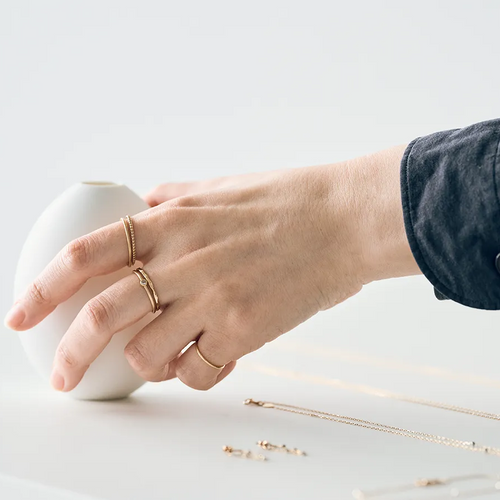

It is called "amethyst" in English and is highly regarded among the color variations of quartz.Purple crystal. Since ancient times in Japan, purple has been regarded as the most noble color, loved by all. ThatBeautiful purple is produced by the trace amounts of iron (Fe) contained in amethyst. Since it pairs well with gold, I decided to add it to my collection.
Dendrite agate, also known as "tree shape stone," is reminiscent of plant fossils. Its true form, which can also resemble moss, consists of extremely fine metallic minerals that have settled in the cracks of minerals and rocks.Particles. These particles appear to be intertwined, resembling lush vegetation. They have a slightly antique charm and pair well with the kasugai parts, leading me to decide to add them to my collection.

Smoky quartz, which is said to have been used by the Sumerians and Egyptians around 3000 BC. It turns brown due to the action of natural radiation on trace amounts of aluminum contained in quartz. In the collection, we have adopted bicolor pieces that evoke a sense of allure as gemstones, including those that show variations in brown and those combined with clear colors.

Rutilated quartz (needle quartz) contains countless needle-like inclusions in gold and silver colors trapped within a transparent crystal. Each piece shows a different expression depending on the color, thickness, and density of the needles. High-purity rutiles have a color close to silver. The presence of trace amounts of iron causes the needle color to change to yellow. Since rutiles reflect light well, they appear to shine more like gold than yellow. In the collection, both silver and gold colors are selected.

Like the dendritic agate mentioned earlier, moss aquamarine features impressive inclusions that resemble moss. The patterns are created by the iron and titanium oxide mineral, ilmenite. Moss aquamarine is already a rare natural stone, but pieces like this one, which exhibit bluish-white light (schiller) reminiscent of moonstone in certain areas, are particularly rare.

Quartz is a mineral that is widely produced around the world. Due to the various components that mix in different regions, there are countless types of inclusions. One of these is tourmaline inclusion quartz. As the name suggests, it contains needle-like crystals of tourmaline. Compared to rutile quartz, which also has needle-like inclusions, it is characterized by solid black needles that give a geometric impression.
-
Collection “Staple”
A U-shaped nail used to connect two building materials, "Kasugai (Staple)." This tool, which has been used for construction since ancient times, has been reimagined to see if it can be applied to connect natural stones and precious metals. Thus was born the collection "Staple." A new jewelry line has emerged that secures randomly cut natural stones with Kasugai-shaped parts.

